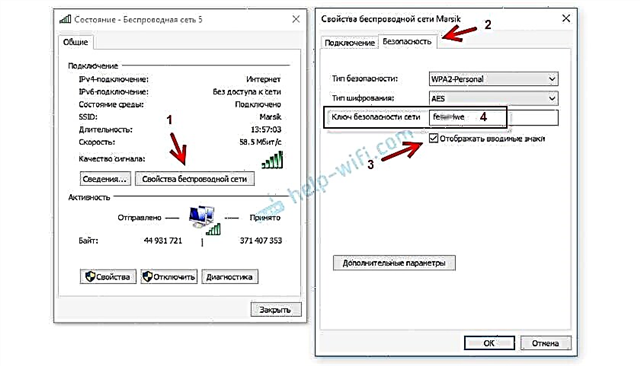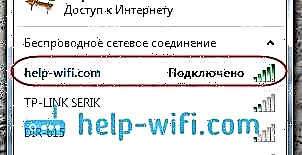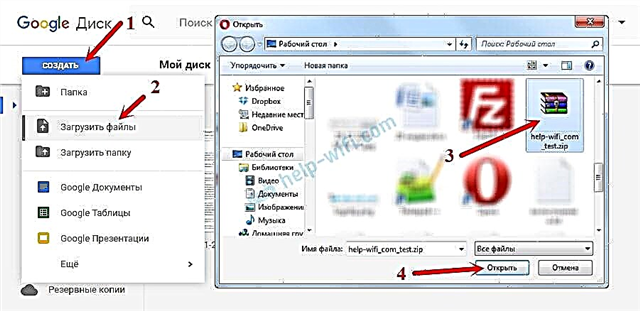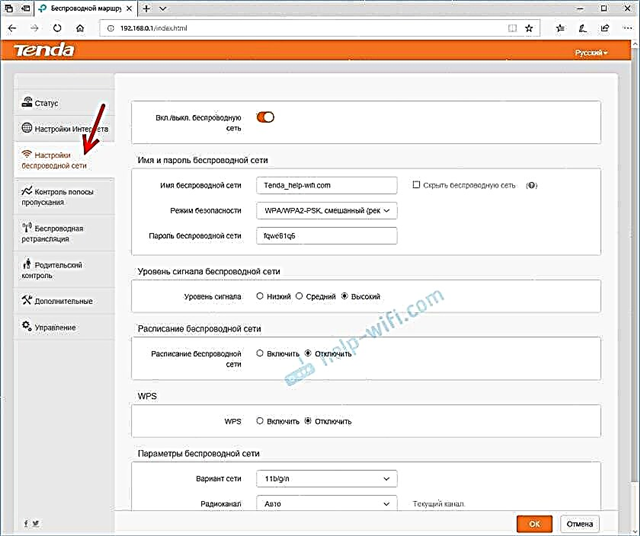Tenda FH456 is a router that stands out among its competitors for its powerful enough hardware and maximum Wi-Fi network coverage. This model is suitable for apartments and houses of medium and large size. As far as I understand, this is the older model in the line of budget Tenda routers. More productive and improved model compared to the popular Tenda F3 and Tenda N301.
In this article, I want to not only introduce you to the technical characteristics of Tenda FH456 and show you what this router looks like, but also demonstrate the setup process. A simple and intuitive control panel is installed on this router, so there should be no problems with setting up. But I just want to show and explain some points related to connection and configuration.
Appearance and technical characteristics of Tenda FH456
I suggest that you first familiarize yourself with the package bundle and see how Tenda FH456 looks like. During the review I will talk about the technical characteristics of this device. I always start my review with packaging - let's not break the tradition 🙂
Tenda FH456 comes in a large enough package. The box itself contains a lot of useful information about this router. All ports and buttons are shown. The main characteristics and features are indicated. Pay attention to the inscription Wall Killer (signal penetration through the walls). This indicates that this router is capable of providing good wireless coverage even through walls or other obstacles. Basically, of course, this is the merit of 4 x 5 dB antennas.

Package contents: router, network cable, power adapter and instructions. In this regard, everything is as usual.

The router itself is made of matte and glossy white plastic. The plastic itself is of fairly good quality. Without smell. The build is excellent. Glossy only top panel, which has a pimpled structure. Despite the fact that the plastic is glossy, fingerprints, dust and scratches are almost invisible. All because he is white. On black plastic, of course, all this is very noticeable.

The antennas are not removable, but they can be rotated and folded. As I wrote above, the power of the antennas is 5dBi. The maximum speed of the Wi-Fi network is up to 300 Mbps (802.11n standard). I also want to note that this router has a Wi-Fi signal booster function. It can be easily configured as a repeater. To strengthen an existing Wi-Fi network. Not all routers for this price can boast of such a feature.
There are enough holes on the bottom and sides for cooling the router board. There are also holes that allow you to hang the router on the wall.

The indicators on the Tenda FH456 are on the front edge. Lights up green.

All ports and buttons are located at the back. There is 1 WAN and 3 LAN ports. Port speed - up to 100 Mbps. In addition, there is a WPS / Reset button and a separate button to disable and enable the Wi-Fi network, which is very good. To turn off Wi-Fi, you need to press the corresponding button once (to turn it on, you need to press it again). In addition, this router has the ability to configure Wi-Fi off and on by time.

If we talk about functionality, then this router has everything you need. For example: parental control, bandwidth control (for rate limiting), WISP mode, repeater and hotspot. "Automatic maintenance" function (automatic reboot of the router between 03: 00–05: 00 when it is not in use).
Connecting and configuring Tenda FH456
Connect the power to the router and turn it on. Do a factory reset if the router has already been configured (or you tried to configure it). Connect the Internet to the WAN port (network cable from the provider, or DSL modem). Connect the device from which you will configure to Tenda FH456. You can connect both via cable (which is included in the kit) and via Wi-Fi network. The factory network name (SSID) can be viewed on the bottom of the router. The network is not password protected (factory default).

As I already wrote above, below there is a sticker on which, in addition to the MAC address and serial number, the factory name of the wireless network (SSID) and the IP address for entering the settings are indicated.

After connecting, you need to open any browser and go to the addresshttp://192.168.0.1... Read more in the article: how to log into 192.168.0.1, or how to enter the settings of a Tenda router.
The "Tenda Wizard" page should open, where you need to configure two very important parameters: Internet connection and Wi-Fi network.
- In the drop-down menu "Connection type" you need to select the protocol that your Internet provider uses to connect. If it is a "Dynamic IP address", you do not need to set additional parameters. If PPPoE - you need to specify the username and password. For PPTP and L2TP, enter the username, password and server address in the corresponding fields. All these parameters are provided by your provider. For any questions, contact the provider's support, or see the instructions on their website.
- You need to change the name of the wireless network and set a password for Wi-Fi. I recommend that you write down the password somewhere.

The router will save the settings and ask you to connect to the Wi-Fi network with a new name and password.

Connect to a new network. If you are connected by cable, then just go to 192.168.0.1 again. The main page with the Tenda FH456 settings will open, on which first of all check the status of the Internet connection. If "Connection status: You have Internet access" - everything is fine. The main page also displays information about devices connected to the router. And you can see information about the system.

If there is no connection, then you need to clarify all the settings with your provider and set them in the "Internet Settings" section.

Please note that some providers bind by MAC address. If your provider does this in the same way, then you need to register the MAC address of your Tenda FH456 with the provider (in your personal account, or through support). It is indicated on the sticker below. Or clone the MAC address from the computer to which the Internet was tied. This can be done in the "Management" section.

You can change the name and password of the Wi-Fi network, turn off WPS (by the way, I recommend it), set up the Wi-Fi schedule, change the signal level, channel, channel width and other settings in the "Wireless network settings" section.

You can configure Tenda FH456 as a repeater ("Universal repeater" mode) by following these instructions: repeater mode (repeater, WDS bridge) on the Tenda router. In the "Wireless Relay" section.

The control panel is very thoughtful. You can easily find the settings you want and change them. In addition, there is an opportunity to choose Russian or Ukrainian language. If you can't find something, or you can't configure some function, then leave your questions in the comments.
I have only positive impressions of Tenda FH456. It's inexpensive, looks decent, works stably, provides good wireless coverage, and isn't difficult to set up. A great option for a simple and inexpensive router for your home. Of course, unless you need support for 5 GHz (802.11ac), USB, etc.











